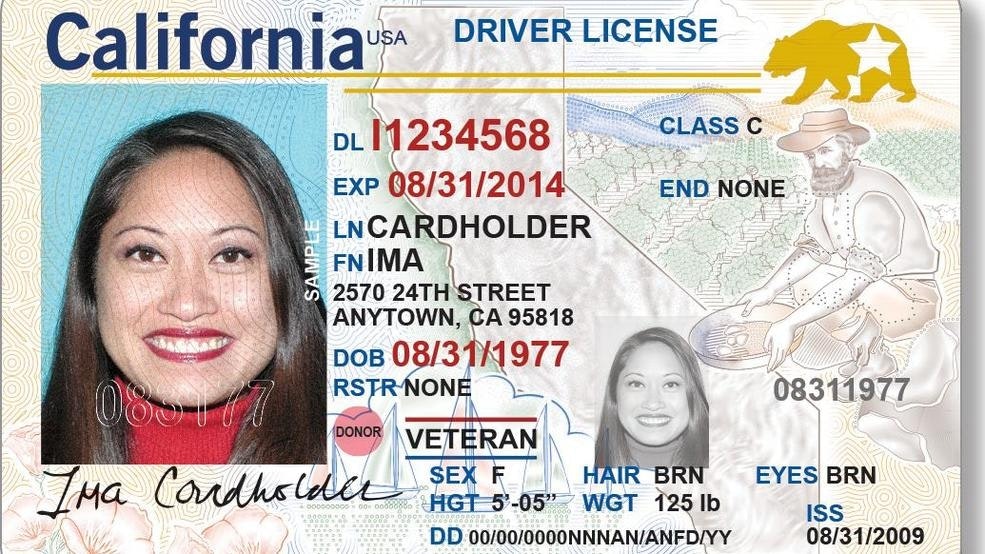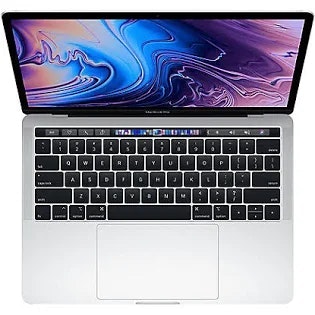Oak Hill Area FSC | Build Your Go Bag
Putting together a Go Bag (Emergency Supply Kit) is easy to put off, but essential to successful evacuation. Every fire department recommends having a Go Bag and it's one of the El Dorado County Fire Marshal’s top recommendations. Be sure to develop and follow an Action Plan and Family Communication Plan well ahead of time too.
Your first priority when a wildfire threatens is always to GET YOURSELF, YOUR FAMILY, AND YOUR PETS OUT SAFELY.
Top Three Recommendations
- Put together your Go Bag long before a wildfire or other disaster occurs.
- Keep your Go Bag easily accessible so you can take it with you when you have to evacuate. In an emergency, you don't want to be scratching your head, wondering, "Now, where did I put that Go Bag?" If you have a pet carrier, keep it handy too.
- Put together a Go Bag for each person in your household.
Sample Go Bag

Here’s an example of what one person put in her Go Bag. It doesn’t have to be perfect. You might want to include additional or different items. The important thing is to get started. You can add to it little by little.
Check out Calfire’s Ready for Wildfire page for some ideas about what to put in your Go Bag and where to keep it. You don’t want to be scratching your head and saying, “Now, where did I put that Go Bag?” when you see smoke from your front porch!
Assemble Your Go Bag Well Ahead of the Need
There are many good sources for what you should put in your Go Bag. The best approach is to just start! You can do this! Start with the priorities first. Modify this list or make your own list as you go along.
The most important thing? Get started! You can always add to your Go Bag over time.

You can use several different things as Go Bags. Some prefer backpacks because they are easy to keep with you, for instance if you need to go to an Evacuation Center. Others prefer suitcases on wheels because they are easier to transport for some people and roomier. Choose whatever works for you.
- Backpacks work great for storing items in Go Bags.
- Non-flammable fabric is ideal. Interior frame is helpful.
- Suitcases with wheels are also an option.
- Store small amounts of food and water in your Go Bags
- Store larger supplies of food and water in a tub or chest on wheels. Make those light enough that you can lift them into your car.
Respirators that filter both particulates and VOCs (Volatile Organic Compounds) are a good choice. They are better than particulate masks although not, of course, as good as a Self-Contained Breathing Apparatus (SCBA) like firefighters use. Those, however, cost thousands of dollars. For $20 or a little more, respirators that filter out both particulates and VOCs offer more protection than masks that filter out only particulates. We think the extra margin of safety is well-worth the slightly higher cost.
If a respirator is out of reach financially, at a minimum include a P100 or equivalent particulate mask.
Goggles are highly recommended too. In some evacuation situations, the smoke will be so heavy that it will irritate your eyes and make it difficult to keep them open. Goggles help protect your eyes from that irritation.
Goggles
Many half-face respirators come with goggles that are not effective in smoke and vapor environments. It's a good idea to purchase goggles separately that...
- Fit around the eyes and provide a good seal above the respirator without interference.
- Are anti-fog and anti-scratch.
- Fit over eyeglasses if you need them. (Alternatively, you might want to get a pair of glasses that will fit within them.)
3M Quick Reference Guide that Addresses Cal/OSHA Rule

3M published this Quick Reference Guide to Respiratory Protection from Wildfire Smoke Inhalation in July of 2019 to help address the recently passed Cal/OSHA rule. (3M is a major manufacturer of safety equpment, including respirators.)
Per 3M, if you choose to use a reusable respirator with a combination organic vapor and P100 cartridge, (which we think sounds like a very good idea), you could consider a 6000-series respirator (6100/small, 6200/med, 6300/large) and the #60921 cartridge. We've also seen some other respirators that seem to provide similar capabilities.)

Pack these or have them ready-to-go in a designated spot. Choose clothes that can withstand embers - not polyester or nylon! You want something that will not melt on contact with embers. Leather gloves might sound strange but, if you have a lot of embers falling, they can be useful for brushing them off your clothing. Hats are helpful for protecting your face. Remember, embers often fall up to a mile away from the fire and sometimes much farther. In the Paradise fire, the ember field was 5 miles long!
- Long-sleeved shirt
- Long pants
- Long socks
- Underwear and socks
- PJ's
- Jacket or sweatshirt
- Hat
- Leather gloves
- Sturdy shoes

Pack duplicates of any medication you regularly take. Be sure to have glasses and medical devices such as CPAP machines. If you or someone in your household, also keep a cane, wheelchair, walker, etc. where you can get them quickly if there's a need.
- Prescription or special medication, e.g., diabetes medication
- Extra eyeglasses or contact lenses, hearing aids, batteries
- Medical devices, e.g., CPAP machine, cane
- First aid kit and book on how to use it
- Sanitary supplies

Pack small items in the Go Bags. Pack larger items, or a longer-term supply of food and water, in a separate container on wheels.
- 3-day supply of non-perishable food such as jerky, peanut butter, apple sauce, etc. Dehydrated backpacking-type food works very well!
- 3 gallons of water per person (and/or portable water filtration system)
- Mess kits (cups, plates, utensils, paper towels)
- Can opener if needed
- Pet food and water and bowls, collars with ID and rabies tags, and leashes
- Garbage bags and ties, zip locks, moist towelettes

Be sure to include a map marked with at least 2 evacuation routes and any shelter-in-place spots that you’ve identified ahead of time. It's a good idea to pack local maps too as cell towers (and GPS) may be out of commission.
It's also a really good idea to have an extra set of car, house and RV keys, credit cards, cash or traveler’s checks in your Go Bag.
Here is a list of some of the essential items to pack...
- Extra set of car, house, and RV keysMaps with evacuation routes and shelter-in-place spots marked
- Local maps (in case cell towers are down and GPS is not working)
- Credit cards, cash, and /or traveler's checks
- Flashlight and batteries
- Swiss army knife
- Whistle
- Compass
- Matches in waterproof container
- Hand-cranked radio (or battery-powered radio and extra batteries)
- Emergency blankets (the silvery kind)
- If you can, also pack sleeping bags, pads, tarps

Take copies of vital documents. If you're computer savvy, store some of these in the "cloud." It's a good idea to also have paper copies with you for immediate access.
- Drivers license
- Birth certificates
- Passports
- Wills
- Medical records,
- Insurance policies
- Proof of residency (insurance cards, utility bills, etc.)
- Ownership documentation for pets, e.g., name, rabies and license tags (it's a good idea to have pets micro-chipped ahead of time too)

Take easily carried valuables, such as family photos and other irreplaceable items. Take your purse or wallet and...
- Computer data on hard drives and disks (also store offsite or in the “cloud”)
- Cell phone and laptop chargers
- Laptops
- Fire extinguisher
- Shovel
- Porta-potti (tent and ground cloth too if time allows!)
- Paper and pens or pencils
- Games or books (for extended evacuations)
